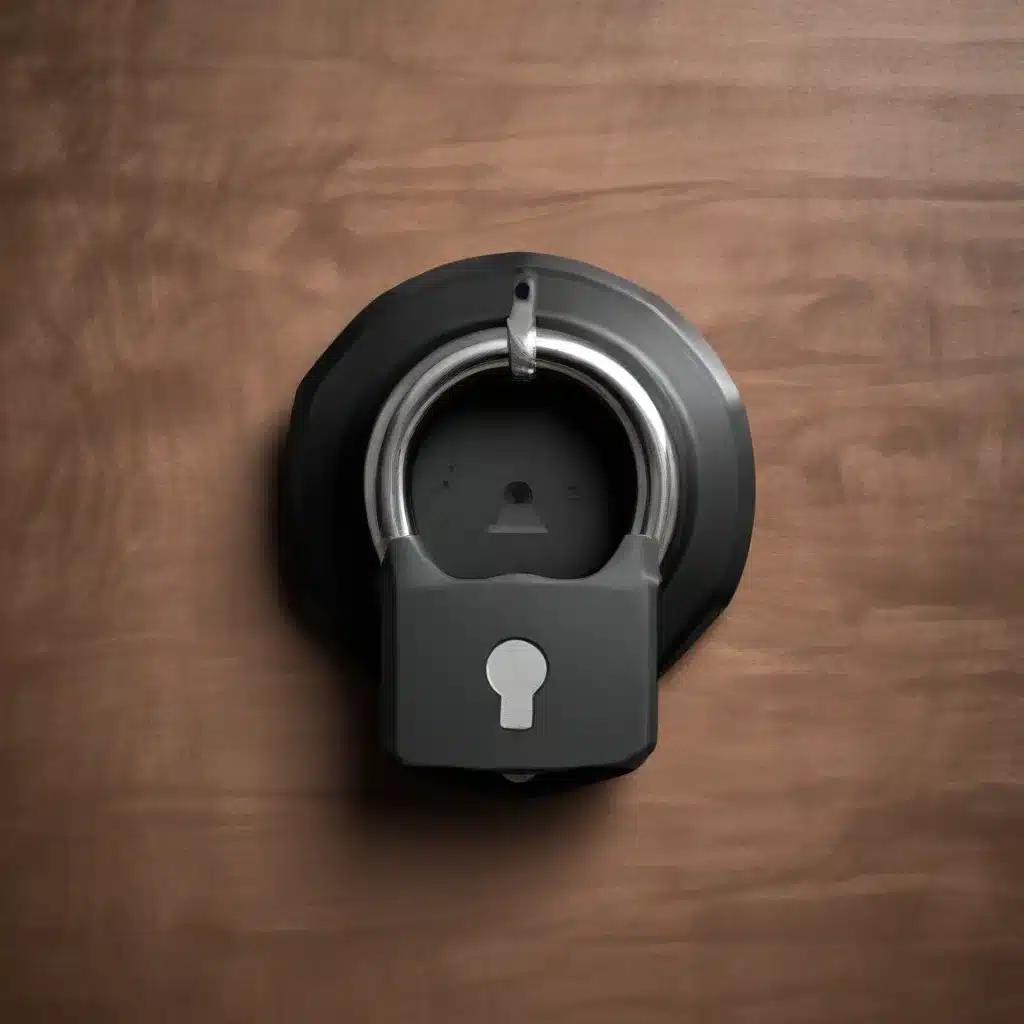
In today’s digital landscape, where our personal and professional lives are increasingly intertwined with online platforms, safeguarding our accounts has become a crucial priority. The threat of cyber attacks, data breaches, and identity theft looms large, and it’s our responsibility to take proactive measures to protect our sensitive information. In this comprehensive guide, we’ll explore the powerful tools and best practices that can help you fortify your online security and keep your accounts safe from prying eyes.
Password Managers: Your Digital Vault
The foundation of account security lies in the strength and uniqueness of our passwords. Unfortunately, many of us still rely on weak, easily guessable passwords or the dreaded habit of password reuse across multiple accounts. This leaves us vulnerable to credential theft and account compromises.
Password Management Principles:
To combat this vulnerability, cybersecurity experts have long advocated for the use of strong, unique passwords for each online account. But remembering a different complex password for every service we use can be a daunting task. This is where password managers come into play, acting as digital vaults that securely store and manage our login credentials.
Types of Password Managers:
Password managers come in various forms, from browser-based solutions to standalone applications and cloud-based platforms. Some popular options include Google Password Manager, LastPass, 1Password, and KeePass. These tools generate, store, and autofill your passwords, ensuring that each one is unique and virtually impenetrable.
Password Manager Features:
Beyond simply storing your passwords, modern password managers offer a suite of advanced features to enhance your online security. They can alert you to weak or reused passwords, generate strong new ones, and even monitor the dark web for any potential data breaches involving your accounts. Many also provide secure password sharing, two-factor authentication, and the ability to store other sensitive information, such as credit card details and important documents.
Two-Factor Authentication: An Extra Layer of Protection
While a robust password management system is a crucial first step, even the strongest passwords can be compromised through various attack vectors. This is where two-factor authentication (2FA) comes into play, adding an extra layer of security to your online accounts.
2FA Concepts:
Two-factor authentication requires you to provide two different forms of identification to verify your identity before gaining access to an account. This typically involves something you know (your password) and something you have (a one-time code, a security key, or a biometric factor like a fingerprint or facial scan).
2FA Implementation Methods:
The most common 2FA methods include:
– SMS/Voice Message: Receiving a one-time code via text message or voice call.
– Authenticator App: Using a mobile app like Google Authenticator or Microsoft Authenticator to generate a one-time code.
– Security Key: Employing a physical security key, such as a YubiKey, to authenticate your identity.
– Biometric Factors: Utilizing your fingerprint, face, or other biometric data to verify your identity.
2FA Use Cases:
Enabling two-factor authentication is a crucial security measure for a wide range of online accounts, including email, banking, social media, cloud storage, and e-commerce platforms. By requiring an additional verification step, 2FA effectively thwarts unauthorized access, even if your password has been compromised.
Cybersecurity Threats: Understanding the Risks
To fully appreciate the importance of password managers and two-factor authentication, it’s essential to understand the common cybersecurity threats that can jeopardize our online accounts.
Account Compromise Risks:
Malicious actors employ a variety of tactics to gain unauthorized access to our accounts, including password guessing, brute-force attacks, and credential stuffing (using stolen login details from one site to access other accounts). Once they’ve breached an account, they can wreak havoc, stealing sensitive information, draining financial accounts, and even hijacking our digital identities.
Social Engineering Attacks:
Cybercriminals are also skilled in the art of social engineering, manipulating us into revealing our login credentials or other sensitive information. This can take the form of phishing emails, malicious websites, or even impersonation attempts over the phone or through messaging platforms.
Credential Theft Techniques:
Hackers can also steal our login credentials through data breaches, keylogging software, or by exploiting vulnerabilities in web applications and public Wi-Fi networks. These stolen credentials can then be sold on the dark web or used to access our accounts for nefarious purposes.
Secure Account Practices: Fortifying Your Digital Defenses
To safeguard our online accounts from these persistent threats, we must adopt a comprehensive approach that combines robust password management with the power of two-factor authentication.
Password Strength and Complexity:
When creating passwords, aim for a minimum of 15 characters, including a mix of uppercase and lowercase letters, numbers, and special symbols. Avoid using personal information, common words, or easily guessable patterns. Passphrases, which are longer, more memorable sentences, can also be an effective alternative to traditional passwords.
Password Rotation and Updates:
It’s crucial to regularly rotate and update your passwords, especially for your most sensitive accounts. Set a schedule to change your passwords every few months, and be sure to update them immediately if you suspect any potential compromise.
Device and Platform Security:
Ensure that the devices and platforms you use to access your online accounts are also secure. Keep your operating systems, browsers, and other software up to date with the latest security patches. Use antivirus and anti-malware protection, and be cautious when connecting to public Wi-Fi networks.
By implementing these best practices and leveraging the power of password managers and two-factor authentication, you can significantly reduce the risk of account compromise and protect your digital identity. Remember, the security of your online accounts is a shared responsibility – stay vigilant, and never let your guard down in the face of persistent cybersecurity threats.












